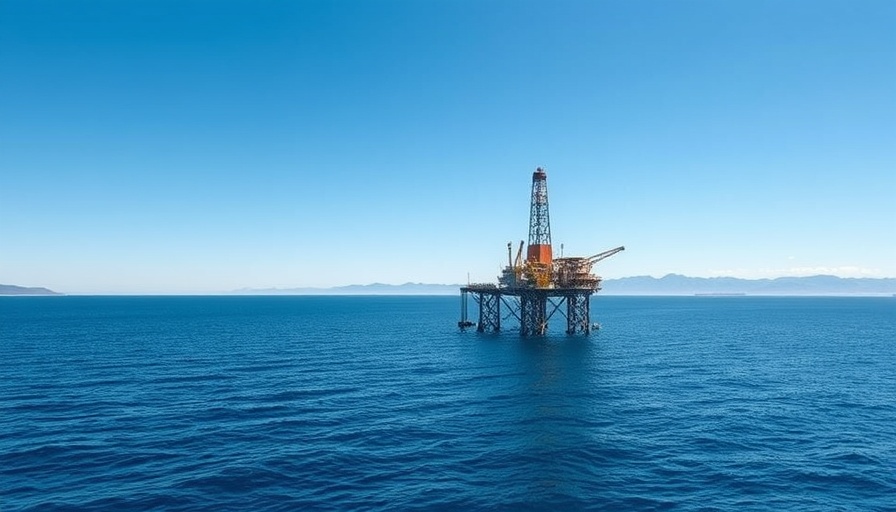
High Stakes for Southeast Asia's Energy Future
Southeast Asia is at a critical crossroads in its energy policy as countries in the region prepare to decide on a spate of new oil and gas projects in 2025. With a potential approval rate not seen in nearly a decade, investors are eyeing a significant expansion in fossil fuel exploration amidst growing global concerns about climate change and the urgent need for transition to renewable energy sources. According to the Global Energy Monitor (GEM), thirteen new gas projects could reach final investment decisions this year alone.
The Demand for Energy vs. Environmental Concerns
The push for increased oil and gas extraction contradicts the scientific community's warnings about the impacts of global warming. Countries like Brunei and Malaysia find themselves torn between energy demands and environmental stewardship. Brunei's economic blueprint aims to reduce reliance on hydrocarbons, but it remains crucial for local economies to secure energy resources as they transition.
Much of the new exploration is taking place in ecologically sensitive regions, like the Coral Triangle, which is home to vast biodiversity. Any expansion into these areas is fraught with ecological risks. If all proposed projects commence, over 1.6 million square kilometers of this biodiverse area could face fatal disruption from fossil fuel activities. Environmentalist groups highlight that this development is inconsistent with efforts aimed at limiting global warming to 1.5°C.
Renewable Energy: The Way Forward
Advocates for sustainable development argue that the focus ought to shift towards renewable energy. With the region experiencing rapid population growth and an escalating demand for energy, solutions such as solar and wind power are garnering attention as viable alternatives to fossil fuels. Investment in these sectors not only addresses energy needs but also contributes positively to reducing carbon footprints and promotes a sustainable future.
Investment Trends and Economic Implications
The potential of tapping well over 20 billion cubic meters of gas production annually represents an 18% increase in output. However, this expansion signals a long-term commitment to fossil fuels that could hinder efforts at environmental conservation. As countries face diminishing gas reserves, such as in Malaysia, they may find themselves increasingly dependent on imports, complicating the region's economic landscape.
Global Standards and Local Practices
The project proposals underline an inherent tension between local resource development and global climate action. These decisions will cast long shadows over the region's future. As the dilemma intensifies, questions arise: Can Southeast Asia maintain a sustainable path while meeting its energy needs? Is this the moment to redefine energy strategies and move toward a greener economy?
Call to Action: Shaping Our Energy Future
As Southeast Asia teeters on the brink of energy policy transformation, it’s important for eco-conscious readers to stay informed and advocate for responsible energy policies. Engage in conversations about sustainable living and the promotion of renewable energy—your voice matters in shaping the dialogue around our shared future.
 Add Row
Add Row  Add
Add 



Write A Comment